Tales of military heroism
The darkness of conflict was no stranger to John Collins, now justly regarded as the outstanding Australian naval leader of World War II.
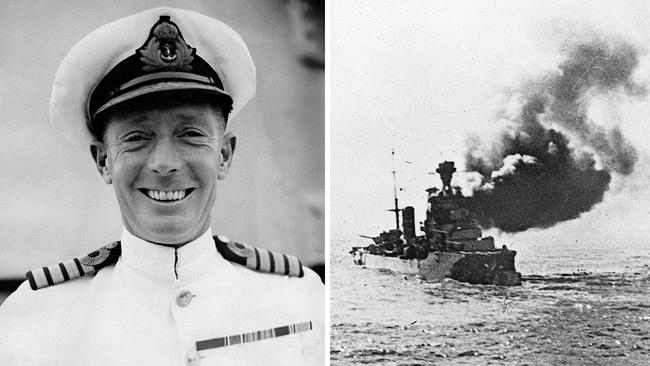
Collins of the Sydney, A Life of Vice-Admiral Sir John Collins
By AK MacDougall, Clarion Australia, 542pp, $39.95
The darkened cruiser, HMAS Sydney, returned to her namesake city from wartime service in the Mediterranean late on the evening of February 9, 1941. In command was Captain John Collins, a remarkable sailor now justly regarded as the outstanding Australian naval leader of World War II.
Sydney’s performance in the Mediterranean as part of Admiral Sir Andrew Cunningham’s 7th cruiser squadron had buoyed Australian morale in the fight against the Axis powers: Nazi Germany and fascist Italy.
In action against two Italian cruisers off Crete in July 1940, Sydney sank the Bartolomeo Colleoni. As AK McDougall records in his absorbing biography of the commander, Collins of the Sydney:
-
“It had been an astonishing victory, and Sydney had become the first Allied warship to destroy an enemy cruiser by gunfire in almost a year of war. Indeed, like the battle between the first HMAS Sydney and Emden, in 1914, it was the first cruiser-to-cruiser battle of the entire war … and the victory came in one of the war’s darkest months.”
-
The darkness of conflict was no stranger to John Collins. From the original intake of the Australian Naval College, he saw distinguished service in both World Wars. He is most famous for his command of Sydney and for his brilliant handling of the ship in that July of 1940 when alone he confronted the two Italian cruisers, Bartolomeo Colleoni and Bande Nere.
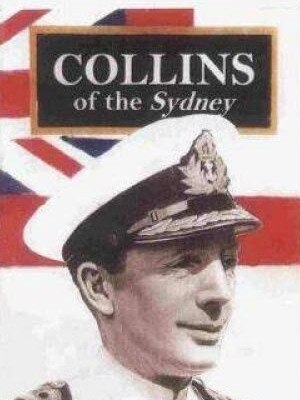
But the truly dark days were early 1942, as the Allied defence in Asia and the Pacific collapsed before the Japanese onslaught. The British and American forces were fighting separate, ultimately futile, wars in Malaya and The Philippines. In an effort to bridge the allied gap the ABDA (American British Dutch Australian) Command was created.
Finding himself on Java during the chaotic Allied retreat, Collins took leadership of the China Squadron and his command style of decisiveness, clarity and diplomacy won him much praise.
Having given up command of Sydney (which was tragically lost with all hands in an encounter with the German raider Kormoran in the Indian Ocean in November 1941), Collins’s career took him to the Japanese surrender in Tokyo Bay as Commodore Commanding the Australian Naval Squadron with HMAS Australia as his flagship.
MacDougall has written an engaging naval history that shines a sympathetic but searching light on one of the great figures of the Royal Australian Navy. At every stage in his life of command, Collins exhibited extraordinary qualities, whether it be in action in the Mediterranean, in defeat on Java or under the terrifying assaults of Japanese Kamikazes in Leyte Gulf. This is Australian military biography of a high standard.
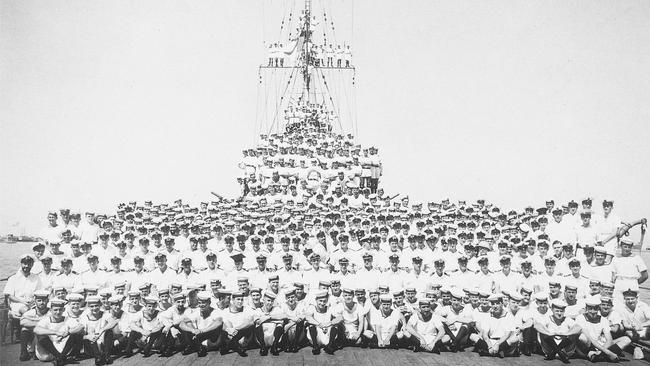
-
D-Day: New Guinea
By Phillip Bradley, Allen & Unwin, 322pp, $32.99
For Australians, the war in New Guinea (1942-45) was an existential test of our nation’s capacity to repel hostile Japanese forces from our immediate region.
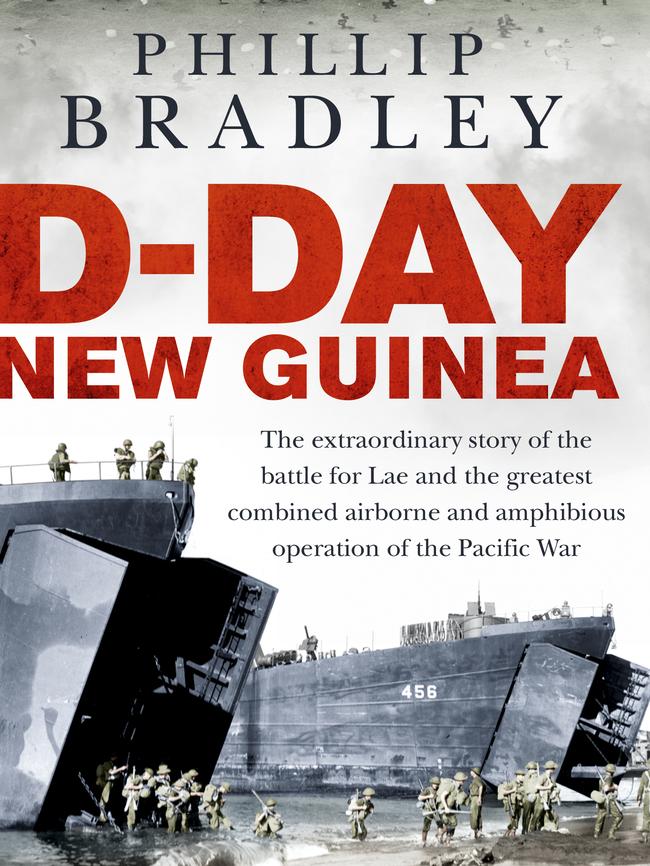
A dogged defence along the Kokoda Track, followed by a successful destruction of Japanese landing forces at Milne Bay in 1942, meant offensive operations north of the Owen Stanley Ranges became possible.
The battles of the Coral Sea and Midway had seen Japanese naval supremacy broken. Gradually, the growing application of Allied air power, especially continuous US reinforcements for General Douglas MacArthur’s command, saw the Japanese dominance of the air challenged and then overcome.
In this shifting strategic balance, Operation Postern took shape. Phillip Bradley has written a comprehensive account of the campaign in his new book, D-Day New Guinea.
-
“On 18 October 1942, after two regiments of US troops had been successfully flown across the Owen Stanley Range from Port Moresby to the rough landing ground at Wanigela, General Blamey had told General MacArthur of his desire to follow up the expected defeat of the Japanese in Papua with operations against Lae and Salamaua. At this stage intelligence showed that there was a Japanese regiment at Lae and Blamey thought that an air operation to retake the town was feasible. Blamey considered that it was possible to land troops at the former airfield site at Nadzab and wanted two Australian brigades under Major General George Vasey’s command deployed for the task.”
-
MacArthur was cautious, but by spring 1943 Allied resources equalled ambitions. Operation Postern involved three distinct but interlocking phases.
In the first week of September 1943, the US 503rd Parachute Infantry Regiment, with Australian artillery support, took the Nadzab airfield. Second, troops of the Australian 7th Division were flown in to begin infantry operations. Simultaneously, troops of the 9th Australian division landed upon beaches east of Lae, to advance upon the town.
It was a well-conceived and well-executed plan that Bradley is at pains to detail from both Allied and Japanese perspectives. He succeeds admirably.
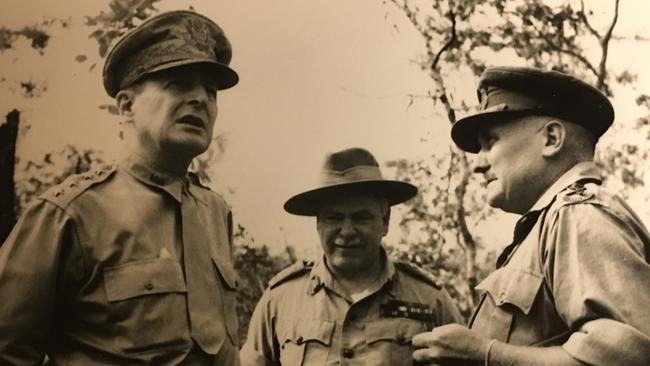
-
The Great Escape from Stalag Luft III
By Bram van der Stok, Big Sky Publishing, 264pp, $29.99
John Sturges’s 1963 film The Great Escape etched in our culture the wartime breakout from Stalag Luft III in 1944 by Allied POWs. The movie was based on real events and owed much to Paul Brickhill’s book of the same name.
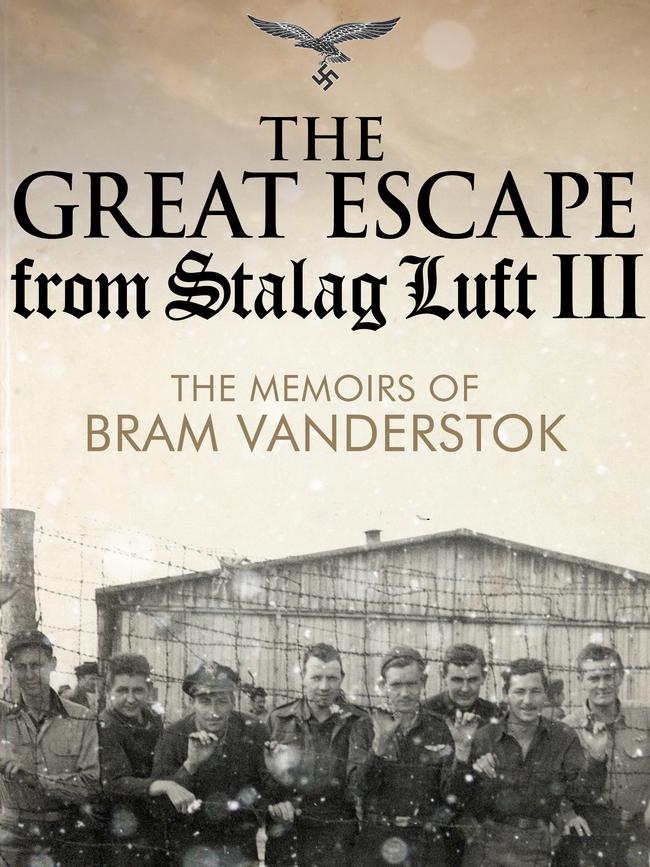
But there is a new edition of a memoir from Dutch airman Bram van der Stok, entitled The Great Escape from Stalag Luft III, that may justly lay claim to be the genesis of this tale of wartime ingenuity, courage and terrible consequences.
Van der Stok was a Dutch fighter pilot who escaped to Britain after Nazi Germany occupied The Netherlands in the summer of 1940. His dedication saw him join the RAF, along with other Dutch pilots, eventually flying Spitfires in No 41 Squadron.
He was shot down over occupied France in April 1942 and his period as a POW began. Van der Stok writes graphically of his transport by rail to the German barbed-wire archipelago.
-
“The trip by train lasted two days and two nights, sitting in the overcrowded compartment, Occasionally, a guard entered with a bucket of water and a cup. Everybody was allowed to drink the stale water, and twice during the entire journey we were given two large pieces of sourdough bread, which we divided among our companions. The windows remained closed but the door to the corridor was open, allowing at least a little air to come in. The stench was almost unbearable when some of the Kriegies, prisoners of war, vomited or could not hold their other natural functions.”
-
Van der Stok’s grim journey ends in Sagan in Stalag Luft III. While the story of the Great Escape is well known, Van der Stok’s role and his truly dangerous journey across the Third Reich and occupied Europe, avoiding a vengeful Gestapo, is not and it deserves to be better appreciated.
Taken in sum, these three military histories achieve a goal not easily attained. They craft narratives about great events over vast distances, while emphasising the human scale and individual cost of the conflicts involved.
Stephen Loosley is a senior fellow at the Australian Strategic Policy Institute in Canberra.

To join the conversation, please log in. Don't have an account? Register
Join the conversation, you are commenting as Logout